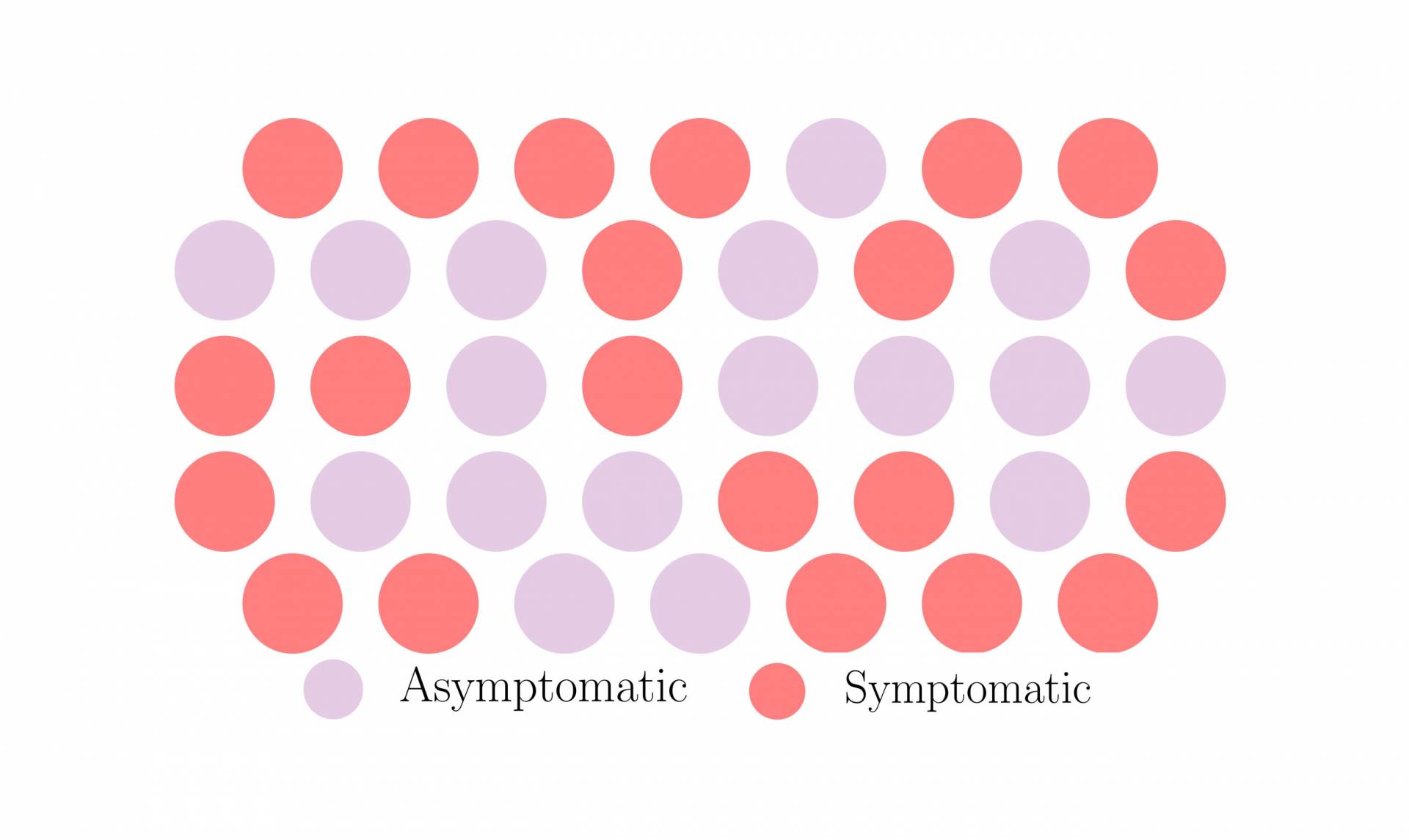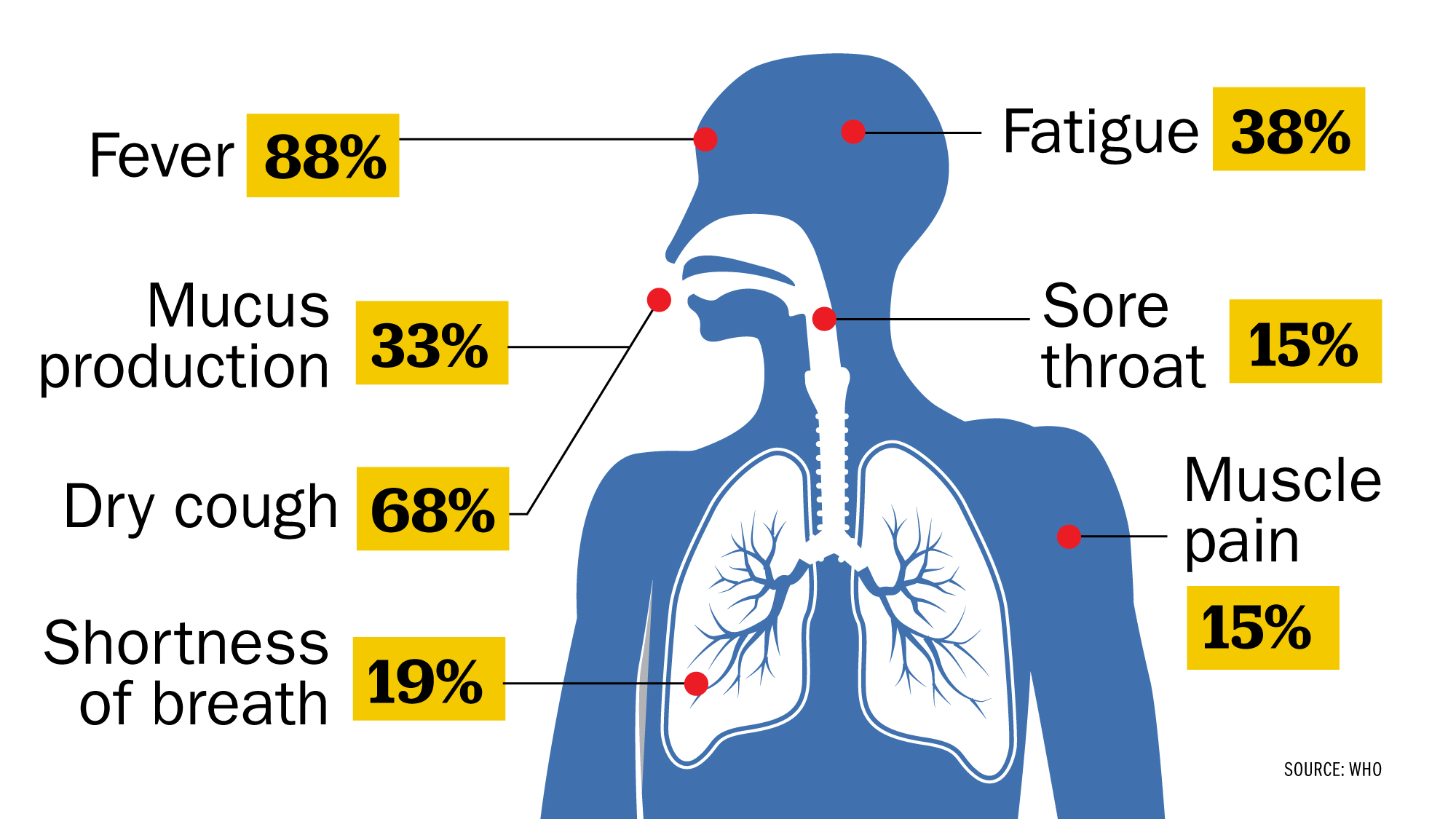
“No one wants to be the person that infects their loved ones,” he says.Over the last few weeks, there have been conflicting news reports about the ability of children to transmit the new coronavirus. Until there’s more information available, being cautious makes sense. The anxiety around that is understandable, Hudspeth says. “Does viral detection mean you’re infectious? Maybe, maybe not,” Wagner says.įor now, people like Harmanci - and the tens of thousands of others in the US who are sick and waiting at home - are left to make decisions based on the guidelines they have right now. Scientists keep learning more about the novel coronavirus and COVID-19, and as they do, guidelines around recovery will continue to change. Residual virus left over could still return a positive test, even if it’s not enough to be infectious. But just because someone still has the virus in their system doesn’t necessarily mean they still have an active infection, Wagner says. Using testing as a criteria for letting people emerge form isolation comes with its own issues: the standard test checks to see if a patient has any amount of the novel coronavirus in their respiratory system, either by swabbing their nose or throat. “If we had unlimited tests, I’d recommend people get tested again to confirm,” Hudspeth says. But it’s still challenging for most people to get tested to confirm they’re sick, and there aren’t enough tests to make it standard practice after recovery. US citizens with COVID-19 who were repatriated from the Diamond Princess were tested before they were allowed to leave isolation, for example. In some cases, people might be able to get tested after their symptoms improve to get a better sense of if they’ve cleared their infection - the CDC has a second set of guidelines saying that they can leave isolation if they have two negative tests in a row, 24 hours apart. Waiting three days, though, should usually give people enough time to see if they’re actually improving, he says. “We know some patients feel better, and then have more cough and shortness of breath again,” he says. “The shapeshifting nature of the illness makes it hard to track how you’re doing”ĬOVID-19 can also cause a wide range of symptoms, Hudspeth says - and doctor’s don’t have great answers about when or why certain symptoms appear. “It adds another layer of confusion about when it’s ok to leave the house.” “The shapeshifting nature of the illness makes it hard to track how you’re doing,” she says. Harmanci says her fever would go away and come back a few days later, and that she continued to develop new symptoms. Relying on symptoms can be challenging, because the illness caused by this coronavirus can come and go. “That’s a more conservative interpretation of the guidelines.” “Sometimes it’s easier to just tell people seven days since their last symptom,” he says. “It’s reasonable that they will capture most cases, and make sure most patients are cleared to a reasonable degree.”Īlexei Wagner, assistant director of adult emergency medicine at the Stanford Department of Emergency Medicine, also says he’s largely following CDC guidelines, with some exceptions. “That data has made us feel more assured about the CDC guidelines,” he says. But Hudspeth says they generally feel that if people have lower levels of the virus, the chances that they’re contagious is lower, as well. “There are a lot of questions left unanswered”ĭoctors still don’t know how much of the virus is enough to infect someone else. A study of hospitalized patients in China, though, found that the virus was detectable for up to 20 days after symptoms started - but levels also dropped off when the symptoms did. The levels dropped off after four or five days of symptoms, and by the tenth day after they got sick, there was hardly any virus left. One study out of Germany, that hasn’t been peer-reviewed, showed that people who had COVID-19 but weren’t hospitalized had high levels of the novel coronavirus in their respiratory tract early on in their illness. “There are a lot of questions left unanswered,” says Hudspeth. The limited information available about how patients recover seems to support those guidelines, says James Hudspeth, the COVID response inpatient floor lead at Boston Medical Center.īut patients like Harmanci are still facing conflicting advice, in part because there’s still no clear data showing just how long people who get COVID-19 are contagious. Right now, the Centers for Disease Control and Prevention (CDC) says that people can stop isolating if they’ve been fever-free for 72 hours, their other symptoms have improved, and it’s been at least seven days since they first felt sick. Here are the basics: Everything you need to know about the coronavirus

The World Health Organization has declared it a pandemic.


The new coronavirus is spreading through the US, and several states have made emergency declarations.


 0 kommentar(er)
0 kommentar(er)
